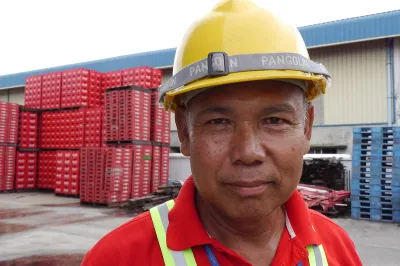Building Social Capital through Microfinance
This paper provides experimental evidence on the economic returns to social interaction in the context of microfinance.
Development assistance programs often promote community interaction as a means of building social capital. Despite strong theoretical underpinnings, the role of repeat interactions in sustaining cooperation has proven difficult to identify empirically. The study randomly assigned first-time borrower groups of an MFI in India to meet either once per week or once per month to evaluate the economic returns to increased social contact that result from participation in group lending. The study reveals that:
- Random variation in the frequency of mandatory meetings across first-time borrower groups generates exogenous and persistent changes in clients' social ties;
- Increases in social interaction among clients more than a year after the study are associated with improvements in informal risk-sharing and reductions in default.
A second field experiment among a subset of clients provides direct evidence that more frequent interaction increases economic cooperation among clients. The results indicate that group lending is successful in achieving low rates of default without collateral not only because it harnesses existing social capital, but also because it builds new social capital among participants.


